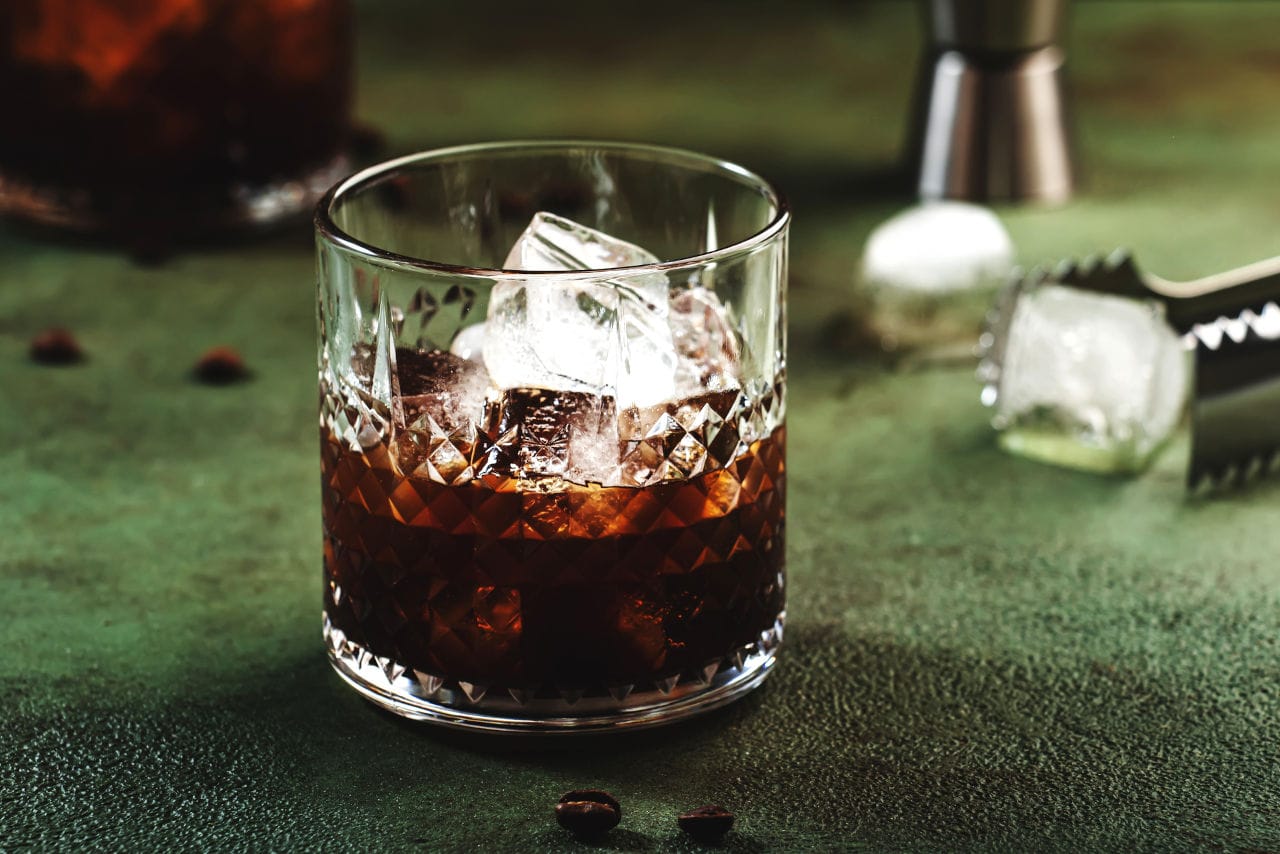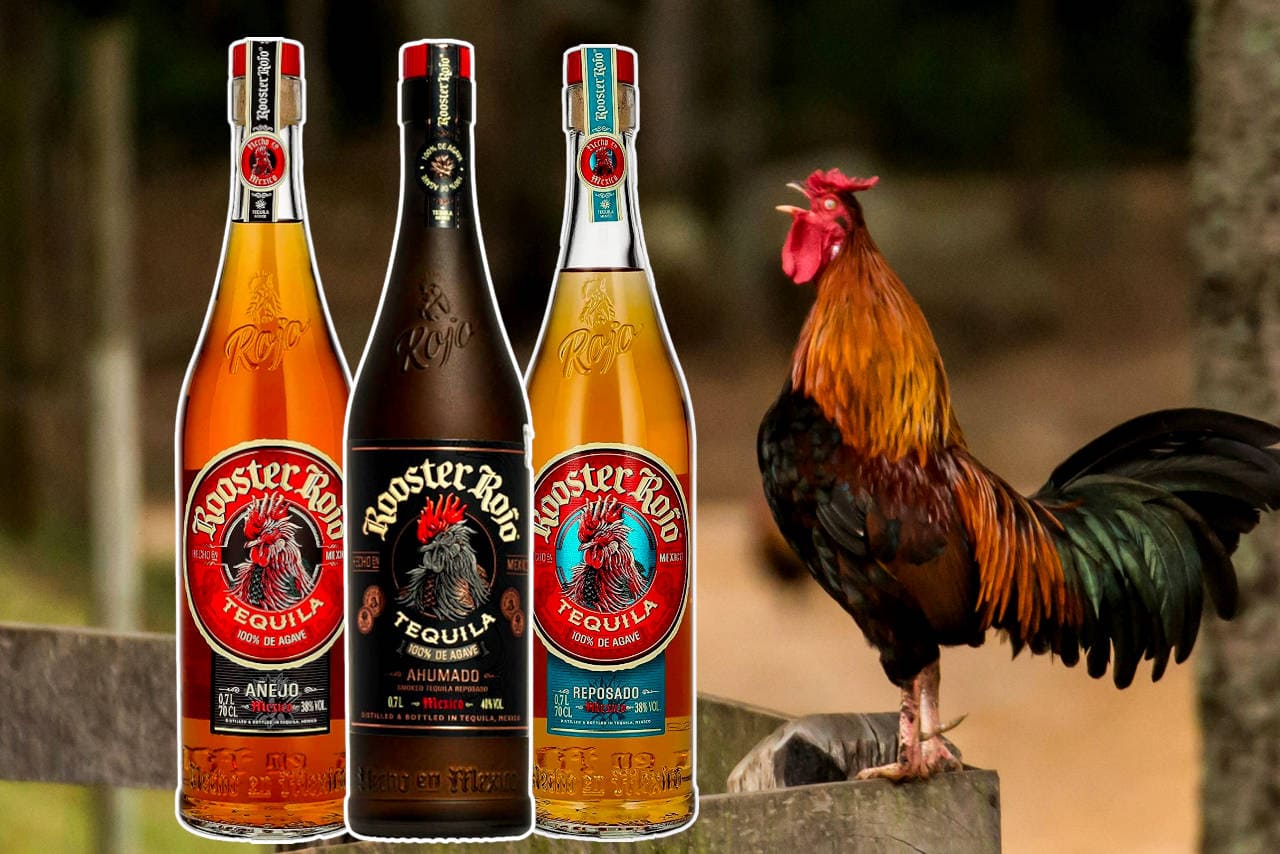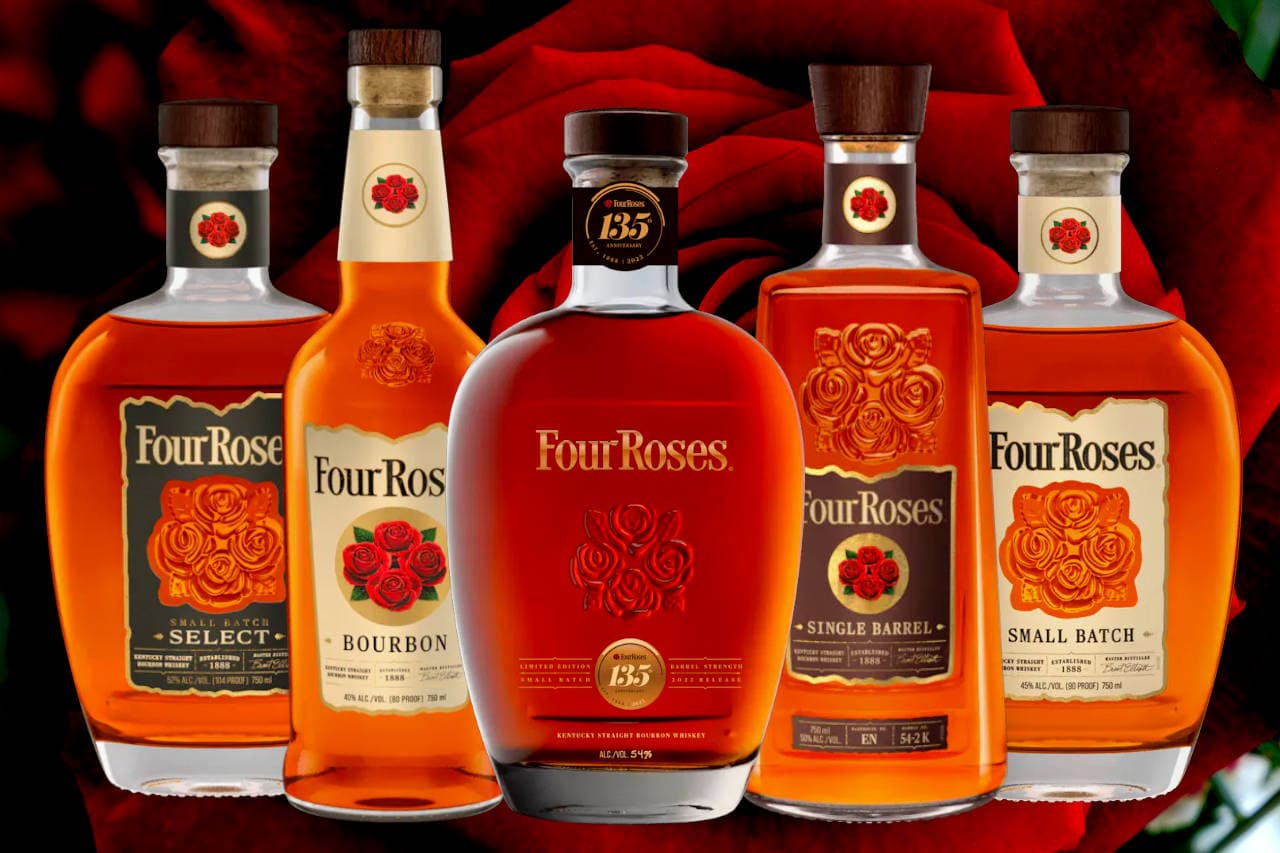In the labyrinthine world of beers, where every turn unveils a new flavour, a new aroma, a new tradition, it’s the dark beers — the stouts and porters — that hold a particularly enigmatic charm.
As a Londoner born & bred who’s meandered through its streets, with each pub a haven promising warmth and stories, I’ve come to hold a deep appreciation for these dark brews.

The Origins: A Tale of Dark Brews
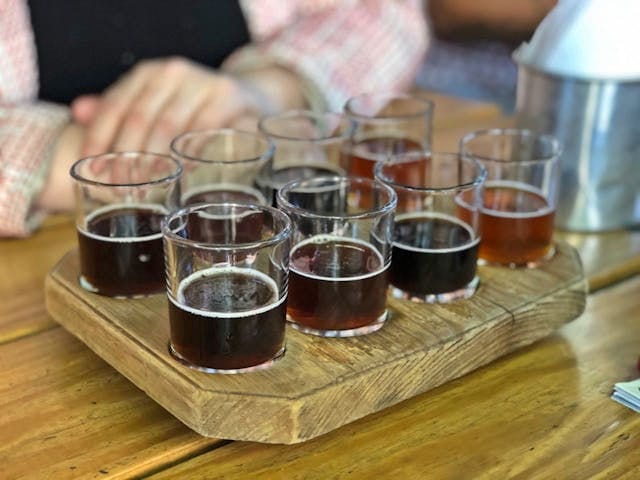
To understand stouts and porters, we must first delve into their origins and beer ingredients, a subject as murky and debated as the beers themselves.
Porters, the older of the two, trace their lineage back to 18th-century London, a brew concocted for the hardworking porters. Its robust nature provided nourishment and comfort after a long day’s toil.
Stouts, on the other hand, were originally termed “stout porters”, implying a stronger, more robust version of the Porter.
Over time, the lines blurred, and stouts became a distinct style, characterised by their depth, richness, and the use of roasted barley, which imparts that quintessential dark hue and coffee-like bitterness.
The Character: What Makes Them Stand Out

Stouts – Overview
- Flavour Profile: Stouts are bolder, with a pronounced roasted flavour that can veer into bitter territories. Like some Trappist beers, they often exhibit notes of coffee, dark chocolate, and sometimes a burnt character.
- Colour: Deep, dark, almost black, offering little to no light penetration.
- Varieties: The range is vast, from the creamy Irish Stout and the robust Imperial Stout to the sweet Milk Stout and the complex Oatmeal Stout.
Porters – Overview
- Flavour Profile: Generally, porters are milder than stouts, with a noticeable malt character like a craft beer. They often carry hints of chocolate, caramel, and coffee, but without the pronounced roasted bitterness of stouts.
- Colour: Dark but not opaque, with a ruby hue when held to the light.
- Varieties: There are several, including English porters, American porters, and Baltic porters, each with its unique characteristics influenced by regional preferences and brewing techniques.
Dark Matter: Personal Encounters

My journey through the world of dark beers has been both an education and a delight. Here, I share a few personal favourites, hoping they might guide you in your own personal exploration.
Porters To Adore
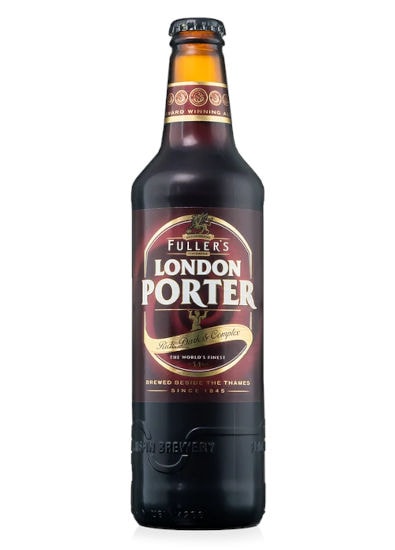
- Fuller’s London Porter: A classic (above) that perfectly encapsulates the balance and depth of an English porter. Its rich, chocolatey notes are complemented by a smooth finish.
- Anchor Porter: An American twist on the style, this one brings a bolder hop presence to the table, along with the richness of dark malts.
Stouts That Will Captured Your Heart

- Founders KBS (Kentucky Breakfast Stout): A marvel of brewing (above), aged in bourbon barrels, it offers an intoxicating blend of coffee, chocolate, and vanilla with a warmth that speaks of its barrel-aged lineage.
- Guinness Draught: Perhaps the most famous stout, and for good reason. Its creamy texture and balanced bitterness make it a staple in my repertoire.
Brewing Techniques: A Peek Behind the Curtain
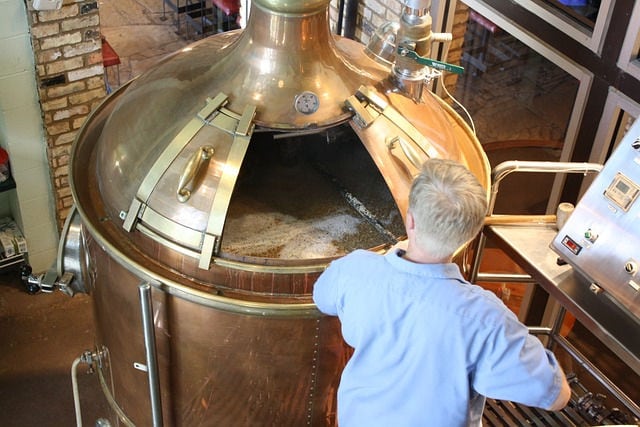
Understanding the beer brewing technique behind stouts and porters adds another layer of appreciation. The key difference lies in the malt, balancing the dark malts with hops and water chemistry.
Stouts use roasted barley, which is unmalted, contributing to their signature bitterness and decadently rich coffee notes.
Porters, meanwhile, rely on malted barley, which lends them a smoother, sweeter profile. For me, the humble Porter is the gateway into dark beer appreciation.
Stouts & Porters: Food Pairings

Pairing food with stouts and porters can elevate the drinking experience, creating a symphony of flavours that resonate with each sip.
Here are a few pairings I’ve found to be particularly rewarding:
- Porters pair well with smoked hams, barbecued pork, Indian dishes, and not forgetting the classic burger and chips.
- Stouts, especially the sweeter varieties, are a match made in heaven for seafood, rich stews, and even chocolate desserts.
But beyond the pairings, the true joy of these dark beers lies in their ability to gather people, to spark conversation, and to warm the soul.
Whether it’s sharing a stout by the fireplace in winter or enjoying a porter at a summer barbecue, these beers transcend the seasons, always offering something new to discover.

Conclusion

As we reach the end of this dark beer journey, I hope I’ve been able to shed some light on the enigmatic world of stouts and porters and the rich flavour and character they bring.
I urge you to explore these dark brews with an open mind and palate. Seek out the classics, but don’t be afraid to venture off-piste into the offerings of small, local breweries.
Each brewer brings their vision to these styles, and in doing so, I feel it adds to the rich tapestry that makes stouts and porters so endlessly fascinating.

Further Reading
Below are some additional articles from The Drinks Geek blog. We write articles on several fascinating areas of drinks, including different brands, drink types, cocktail recipes and more.





